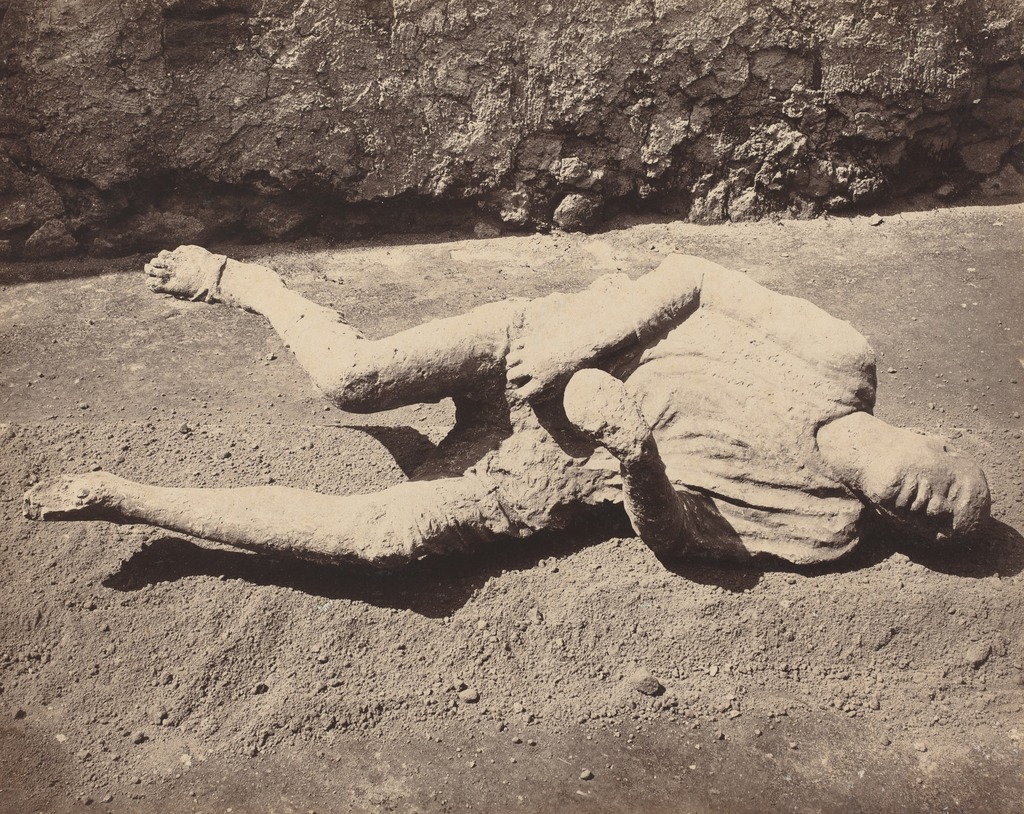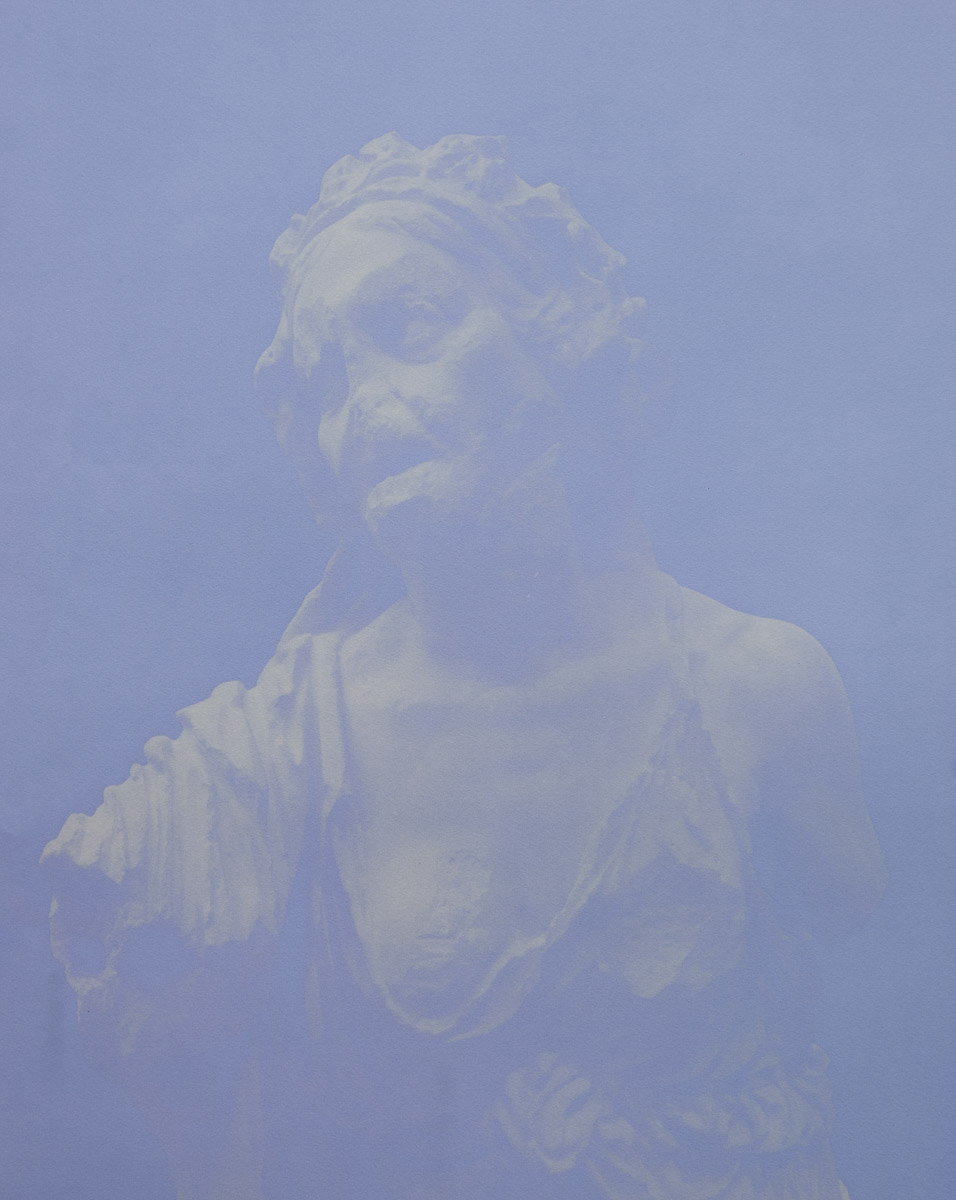Artist Blog
Every week an artist whose single image was published by Der Greif is given a platform in which to blog about contemporary photography.
The eruption of Mount Vesuvius might as well have been a giant photographic flash.
May 08, 2018 - Christine Elfman
What if they turned to stone when they were photographed? It’s as if the desire to capture the likeness, petrified the person. This seems like all the photograph can offer: a stilted cast of the past. The eruption of Mount Vesuvius might just as well have been a giant photographic flash. And when I look at Sommer’s picture, it’s as if I can feel the volcanic impact, like sunburn or nuclear radiation on the skin. The highlights in this albumen print have faded over time, and seem like a photographic overexposure. But really it’s just the gradual fading of the print over time.
Many of my subjects are plaster casts of statues, copies of a copy of a copy, with exacting indexicality. These statues are printed human life-size, so the viewer might imagine them as people that have been petrified by the camera, as if they were punished for nostalgia. On the surface, these photographs might seem conventional, however this conservatism is complicated by the fact that the images are gradually disappearing. The beauty functions as a hook, making their unattainability all the more relevant. If the viewer is seduced by their beauty, they are reminded that it is impossible to fully possess them.
People often ask me how long it will take for them to fade away. The answer depends on context, on how they’re handled and where they live; it’s the same for our own bodies or anything else for that matter. We can never see a wrinkle actually appear on our skin. Things are always changing slowly and imperceptibly. Photographs are what we’ve come to rely on for a visual reference point, to actually perceive the passage of time.



